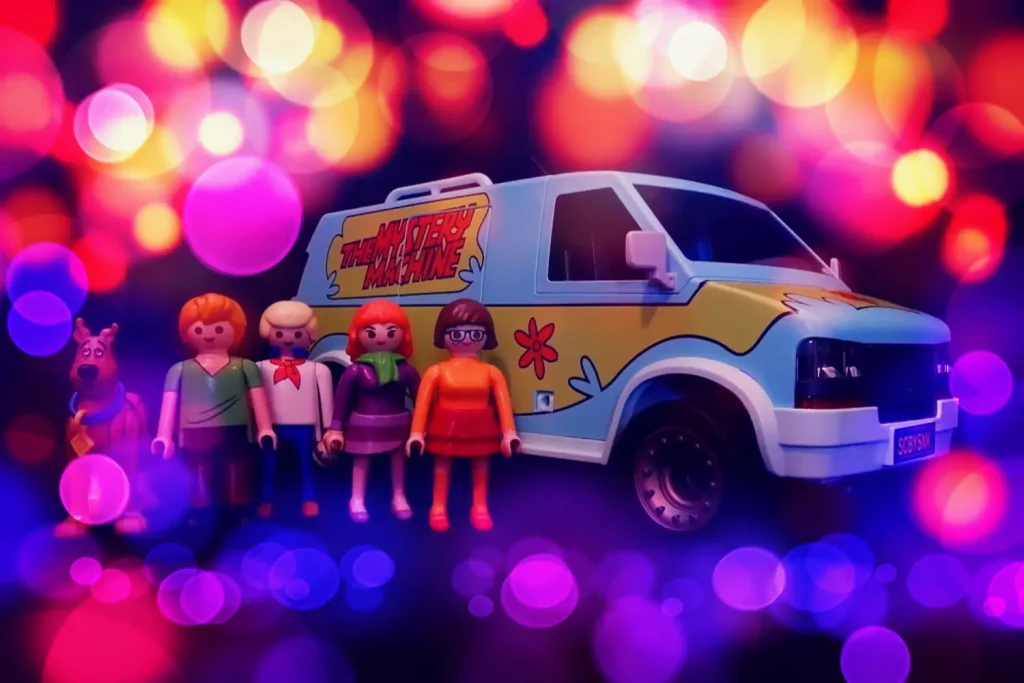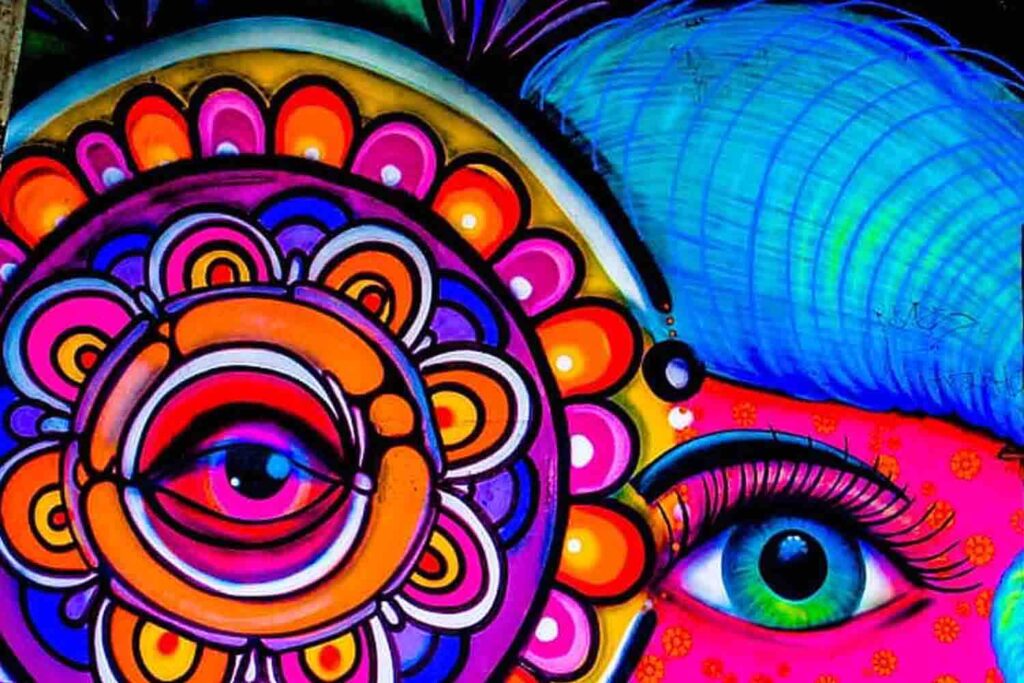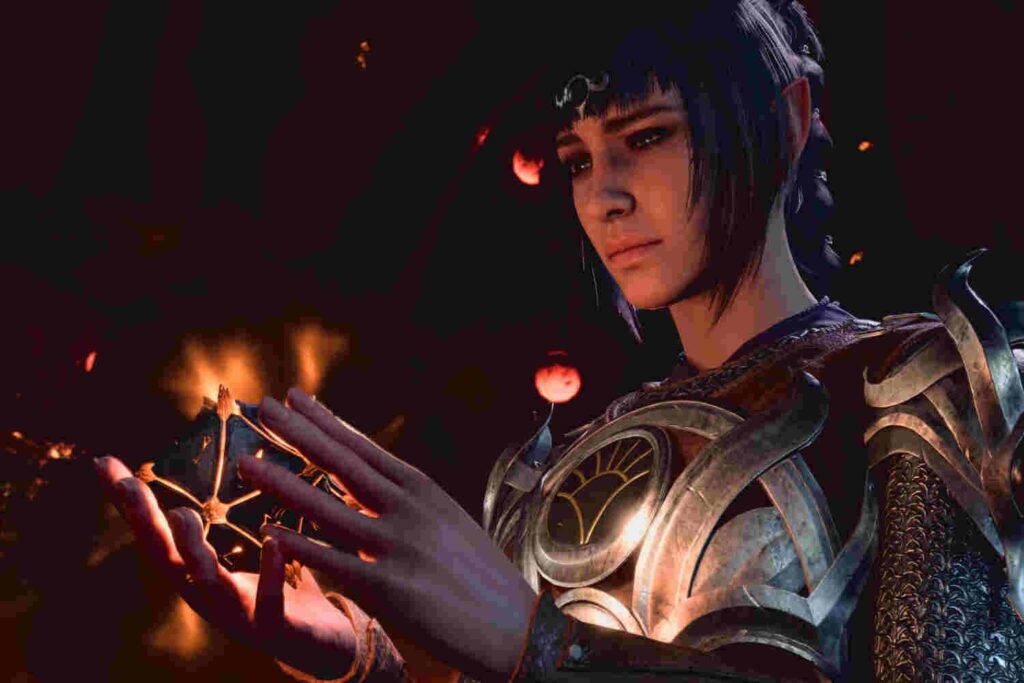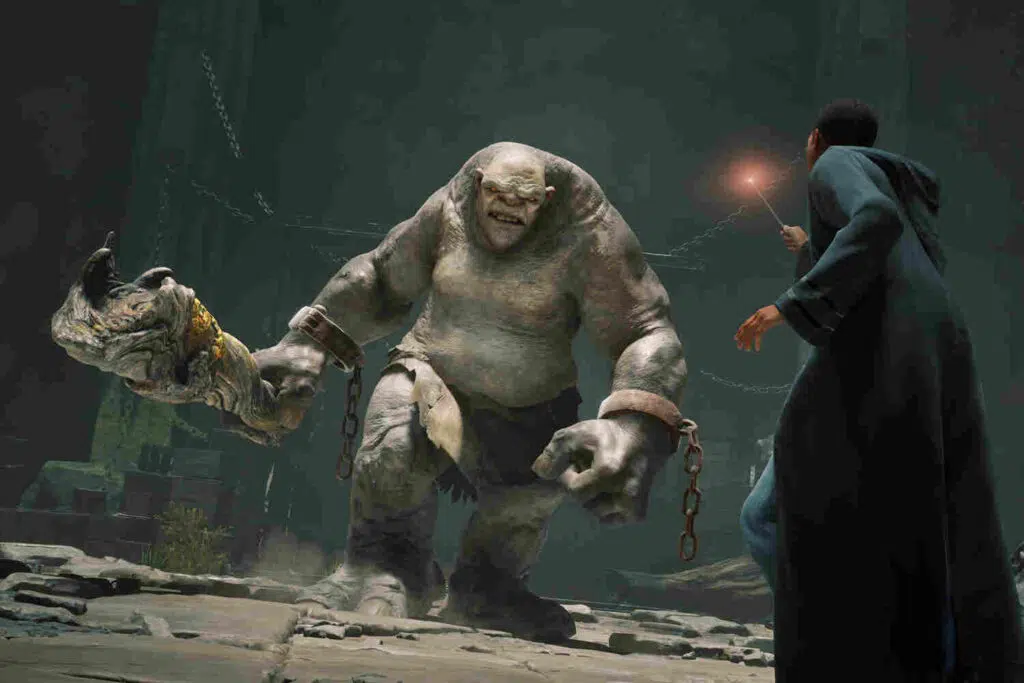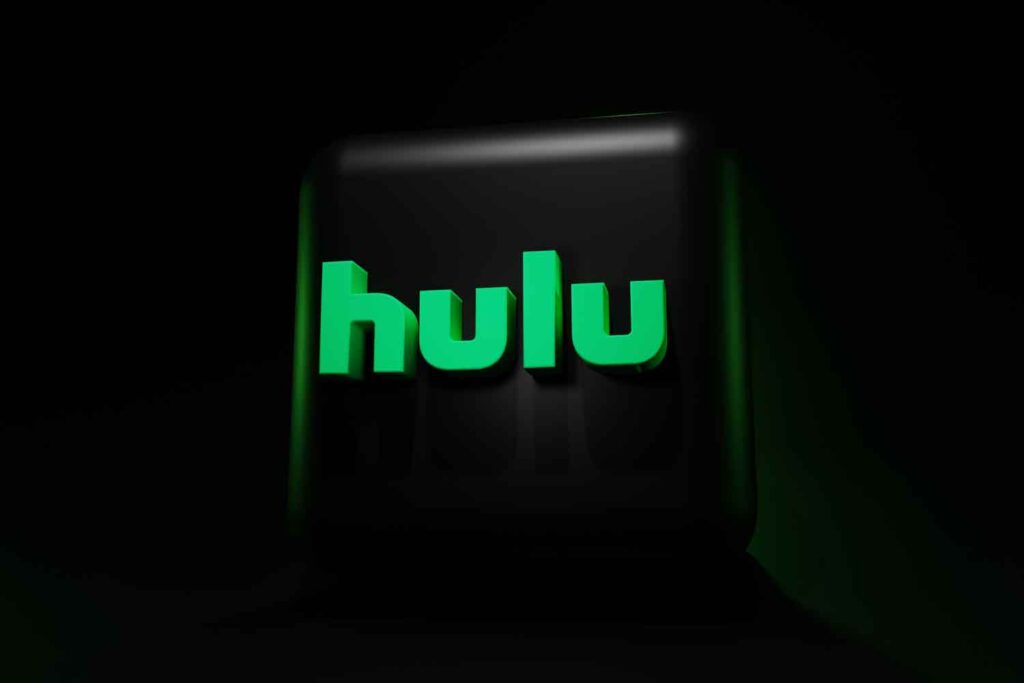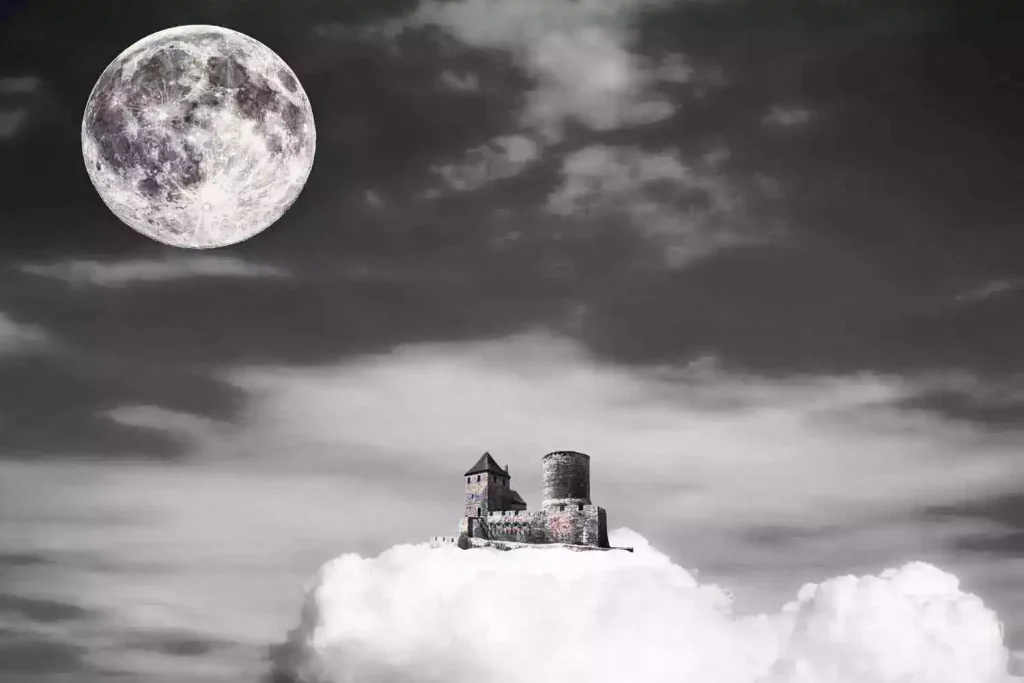10 Movies Like Avatar With Mind-Blowing Visuals
James Cameron is no stranger to creating sci-fi epics. His contributions to the world of visual effects are hard to ignore. And with films like Terminator (1984) and Titanic (1997), he keeps upping the ante. Yet the only person he finds himself in competition with is himself. When Cameron delivered Avatar to the world in 2009, he proved yet again that his only rival is himself. So much so that trying to find movies like Avatar to indulge in can seem like a near-impossible task!
Yet, over the decades since visual effects became such an integral part of filmmaking, there have been a few stellar entries into film history that certainly warrant comparisons to Avatar and others like it.
Photo: Flickr
Epic Movies Like Avatar
When Avatar was released, crafting a feature-length film featuring the extensive use of motion capture was but a dream. Yet it did just that. Combined with the film elevating the 3D movie-going experience, Avatar cemented itself in history as one of the most visually stunning productions to ever grace theater screens.
It certainly wasn’t the only one, however, that took visual effects to new heights. Here are ten more movies like Avatar that helped redefine how visual effects are used in films.
Pirates of the Caribbean: Dead Man’s Chest (2006)
A mysterious medallion draws together a merry band of heroes and antiheroes on a quest toward freedom and riches. While quite well known for his acting prowess prior to the Pirates franchise, Johnny Depp crafted an undying legacy with his portrayal of Captain Jack Sparrow. To this day, many an actor attempts to recreate his inebriated swagger – and fails.
It was the second installment in the franchise, however, that was a turning point in film history. Dead Man’s Chest was the first time a face was put to the name Davy Jones. And boy was it a face!
So impressive was this computer-generated character that it earned Industrial Light and Magic (ILM) an Academy Award. Despite being created over a decade and a half ago, Davy Jones continues to be a gold standard in visual effects.
The Lord of the Rings: The Fellowship of the Ring (2001)
A story told by J. R. R. Tolkien and brought to life by Peter Jackson is bound to be magical. But just how enchanting it would end up being, perhaps even they themselves couldn’t have predicted. Tolkien’s ability to build an entire world is unparalleled. And bringing the entirety of his vision to the big screen was certainly no easy feat. Yet, Jackson earned the approval of many a LotR fan with his adaptation.
Of the many movies like Avatar, Lord of the Rings is one that managed to tie together visual storytelling and effects with compelling characters and storylines. It also, however, changed the course of visual effects in films forever. Featuring advanced practical effects and advanced motion capture, all set against the most spectacular landscapes New Zealand had to offer, the franchise demonstrated what passionate storytelling and visionary filmmaking are capable of.
Rise of the Planet of the Apes (2011)
The pairing of visual effects company Weta Digital and Andy Serkis already proved to be a match made in heaven. So it surprised no one that they were able to deliver something spectacular when they teamed up again for Planet of the Apes.
Director Tim Burton’s 2001 attempt at rebooting the franchise earned harsh criticism. This was in part for its plot and confusing ending. But it was still nonetheless was praised for its special effects.
The issues previous adaptations faced were evidently remedied with the 2011 reboot of the franchise. Serkis’ performance as the genetically enhanced ape, Caesar, earned widespread acclaim. And Weta’s work on the film earned them multiple Oscar awards and nominations.
The audiences were equally pleased, seeing as the franchise added another two films to this reboot and has a fourth in the works.
Europa Report (2013)
The last decade has seen a shift in how space is portrayed in film. Stanley Kubrick’s “2001: A Space Odyssey” (1968) revolutionized sci-fi by accurately portraying space travel for the first time. A whole year before humanity actually made it to the moon for real. And like an homage to its roots, Europa Report also features a team of astronauts making a voyage to Jupiter in search of what lies beyond human knowledge.
Studio Phosphene handled the visual effects for Europa Report, notably on an extremely tight budget. Despite that, they crafted a visual spectacle that never strays too far from scientific accuracy.
Another Earth (2011)
Another Earth has been compared to Journey to the Far Side of the Sun or “Doppelgänger” (1969). Both films feature a similar premise. Specifically, the discovery of a mysterious Earth-like planet and the emotional and psychological impact its existence has on humanity.
But where Doppelgänger was praised for some of its visual effects but heavily criticized for its plot and script, Another Earth earned acclaim for its understated use of effects while focusing largely on telling a compelling story of grief and yearning.
The beauty of Avatar is often linked to its visual effects. But underneath the layers, it does tell an intriguing story of colonization and revolution. Of love and loss. For fans of the sci-fi genre looking for a story that’s a little less Doppelgänger and a little more The Quiet Earth (1985), Another Earth is definitely worth the watch.
Jurassic Park (1993)
Prior to their work on the Pirates franchise, ILM gained worldwide acclaim for their pioneering work on Jurassic Park. With Spielberg at the helm, the franchise featured groundbreaking CGI alongside practical effects. Namely life-sized animatronic dinosaurs and brand new sound design technology. All in all, Jurassic Park revolutionized the sci-fi genre and continues to inspire young visual effects artists to this day.
The film broke several records when it was released, understandably so. But even more impressively, it continues to break records over two decades later. More recently, it became the oldest film in history to cross a billion dollars in ticket sales. Very few franchises can boast a legacy like that!
Kong: Skull Island (2017)
When the MonsterVerse was revamped with the 2014 version of Godzilla, it was made pretty clear we were in for an era of next-level visual effects. And with Kong: Skull Island, this was all but sealed as a fact.
The movie features gorgeous landscapes, shot largely in Vietnam and Hawaii, and places a computer-generated Kong in the thick of it. Unlike earlier iterations that had to rely on practical effects – including putting a man in a monkey suit – newer versions can bring their monsters to life in a brand new way. Every element of Kong, down to the hair in his fur and the expressiveness in his eyes, is a visual effects marvel. So much so that it’s easy to forget he isn’t real while you indulge in the fast-paced action on screen.
The effects were refined even further in Godzilla vs. Kong (2021), bringing even more expressiveness to Kong and essentially making him the heart of the whole franchise.
Terminator 2: Judgement Day (1991)
The Terminator franchise began way back in 1984. Its success is evident in the fact that the franchise is alive and well to this day. But it is the second installment that holds a special place in the hearts of fans and visual effects artists alike.
Judgement Day holds the distinction of being the first blockbuster film to feature a computer-generated main character. That makes it the spiritual predecessor to films featuring characters like Davy Jones. In order to achieve this feat, Judgement Day – with James Cameron at the helm and ILM on the job – created visual effects techniques that, at the time, required a total of 25 man-years. So advanced was the task undertaken that the final cut for the film was only delivered to theaters the night before its release.
Despite the harrowing experience, the film’s legacy speaks for itself. The technology developed in this film would go on to be used in the creation of a special edition of 1989’s The Abyss, released in 1993. It featured some of the most impressive water simulations to date, including the first-ever ocean simulation in a film. Talk about pioneering!
Star Wars (1977)
The legacy of the Star Wars franchise stretches far and wide. From its impact on pop culture to its reshaping of the film industry itself. From its launching of the sci-fi boom of the ‘70s and ‘80s to its introduction of the blockbuster trilogy model. This is a franchise that has quite literally redefined the world.
Long before movies like Avatar came into play, Star Wars – retroactively titled Episode IV: A New Hope – crafted the concept of an epic planet-hopping action-adventure saga. It ushered in a new era of special effects and built a new subgenre of sci-fi targeted toward younger audiences. One built on fast-paced action and dialogue, energetic sequences, and drawn-out storylines that keep on giving for decades to come.
If there’s one thing that can unite fans of sci-fi from across the community – whether you love lies with Blade Runner, Aliens, Terminator, Mad Max, Lord of the Rings, Inception, and any other movies like Avatar – it is their shared admiration for the singular force that inspired them all: Star Wars.
Interstellar
Avatar and Interstellar share one important core idea: the exploration of deep space. Both movies are visually stunning. But in addition to being a beautiful movie like Avatar, Interstellar also helped redefine and reshape the visual effects industry. And it took things one step further by also contributing significantly to science and academia with its depiction of what a black hole might realistically look like.
With some of the most awe-inspiring visuals of the decade, Interstellar was certainly made for theater screens. But the experience isn’t diminished on a smaller screen. Ultimately, what makes the movie as impressive as Avatar is its ability to create computer-generated worlds that are so jaw-droppingly realistic, that you forget they aren’t, in fact, real.
Avatar: A Visual Effects Odyssey
With Cameron’s Avatar 2 just around the corner, it certainly makes for an interesting ride to see just how far the industry has come since the first installment in the franchise. With over a decade in between the two, it is expected that the film will feature even more stunning visual effects than before. Yet, Cameron is hardly one to rest on his laurels. Or one to make the job easier on his VFX teams.
Avatar 2 is already making waves for having pioneered the development of new technology so that underwater performance capture could be made possible. And that’s just the tip of the iceberg of what fans can expect from the continuing saga of the Na’vi and their fight for sovereignty.
Until the film does drop, however, perhaps this list of movies like Avatar can keep you occupied and awed.

